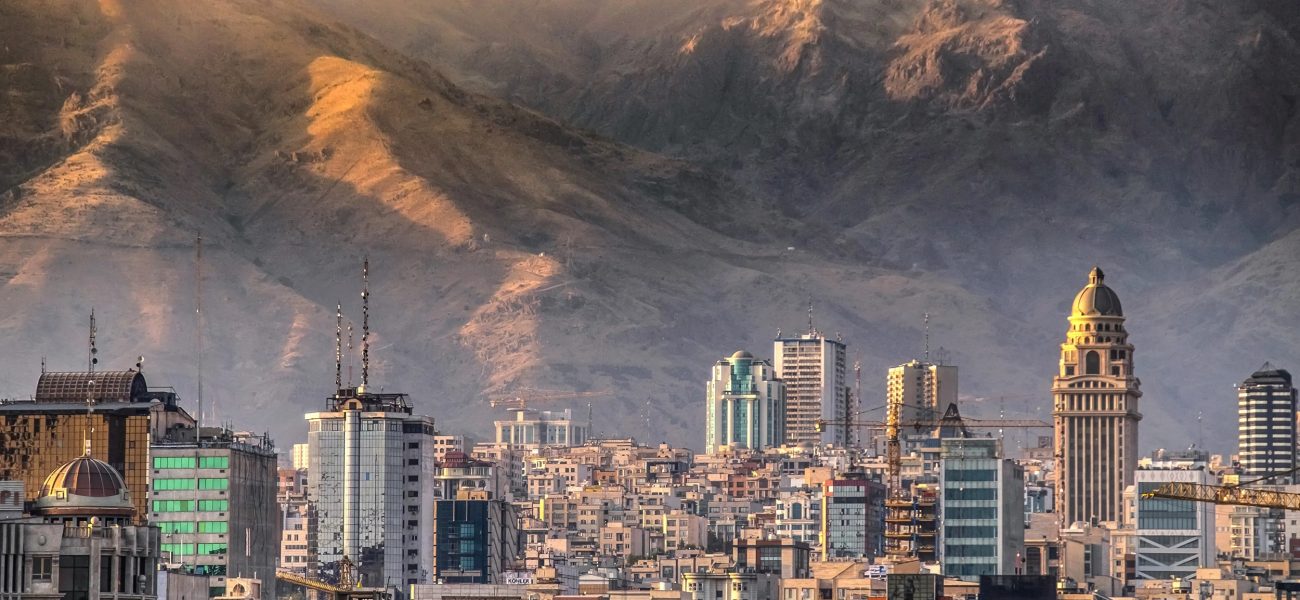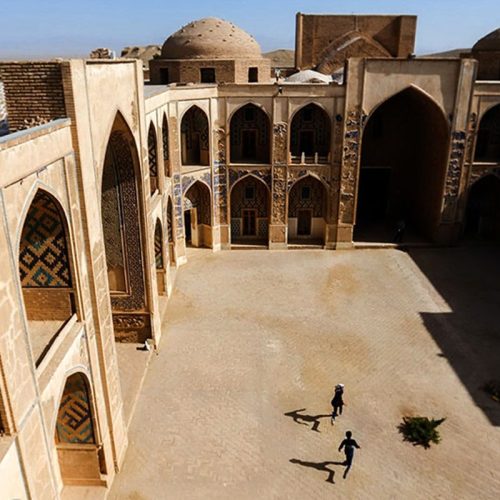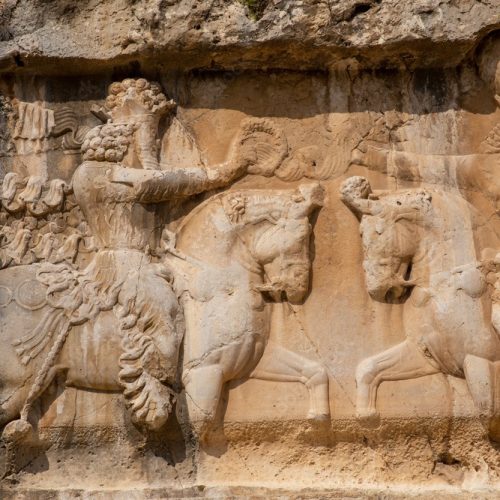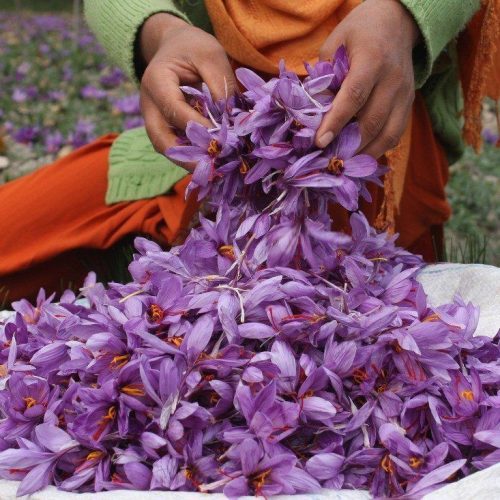By Dr. Mehrdad Javadi Iranian Historical and Cultural Studies Journal
When one speaks of Tehran, it is never just about a city. Tehran is a living, breathing entity—a complex organism that has absorbed the whispers of countless generations, the echoes of revolutions, the dreams of poets, and the silent struggles of ordinary people. To understand Tehran is to understand the very heartbeat of Iran itself.
The Geography of Memory
I remember my grandmother’s stories about Tehran before the great transformations—before the concrete and glass towers replaced the old mudbrick houses with their intricate windcowers and hidden courtyards. She would speak of a city that was simultaneously ancient and perpetually becoming, a metropolis cradled between the massive, snow-capped Alborz Mountains and the central Iranian plateau.
Tehran sits at an elevation of around 1,200 meters above sea level, a geographical positioning that has defined its character more profoundly than any political decree. The mountains to the north are not merely a geographical feature but a spiritual barrier, a protector, and a constant reminder of nature’s majestic indifference to human ambitions.
The Historical Emergence
Most historical accounts trace Tehran’s significant rise to the late 18th century, during the Qajar dynasty. Before becoming the capital under Agha Mohammad Khan Qajar in 1796, it was a modest village—unremarkable, perhaps even forgettable. But history has a peculiar way of choosing its stages, and Tehran was destined for a grander narrative.
The transformation from a small settlement to a capital was not sudden but gradual, like the slow unfurling of a Persian carpet. Each thread was carefully woven, each pattern meticulously crafted. The city absorbed waves of migrants, dreams, and conflicts—becoming a microcosm of Iran’s complex social and political landscape.
Urban Layers: More Than Mere Architecture
Walking through Tehran is like traversing through historical geological strata. Each neighborhood tells a different story, each street corner holds a fragment of collective memory. From the traditional bazaars of the old city to the modernist squares of the Pahlavi era, and then to the contemporary districts with their global architectural influences, Tehran is a palimpsest of urban evolution.
The Southern Rhythms
The southern parts of Tehran—traditionally home to working-class communities and immigrants—pulse with a different energy. Here, the narrow alleys are alive with the sounds of small workshops, the aroma of street food, and conversations that blend multiple regional dialects. These neighborhoods are the city’s true economic engines, where survival is an art form and resilience is inherited.
Northern Aspirations
In stark contrast, Tehran’s northern districts represent another world entirely. Affluent, cosmopolitan, with tree-lined boulevards and expensive high-rises, these areas embody the city’s aspirational face. Here, global fashions intermingle with traditional Iranian sensibilities, creating a unique cultural hybrid that is quintessentially Tehrani.
Political Heartbeat
No discussion of Tehran can escape its profound political significance. This is a city that has been the epicenter of multiple revolutions, a crucible of political transformations. The 1979 Islamic Revolution was not just a political event but a massive urban phenomenon, with Tehran’s streets and squares becoming the primary stage of historical drama.
Squares of Struggle
Azadi Square, formerly Shahyad Square, is more than a geographical location. It is a symbol of political metamorphosis. During the revolution, during subsequent protests, and in moments of national celebration or mourning, this square has been a collective canvas where Iranian social and political narratives are painted.
Cultural Complexity
Tehran’s cultural landscape is breathtakingly diverse. It is simultaneously traditional and progressive, religious and secular, local and global. Universities like Tehran University and Sharif University have been not just educational institutions but intellectual battlegrounds where ideas clash and new social visions are born.
Literary Tehran
As a historian, I am perpetually in awe of Tehran’s literary heritage. This is a city that has produced some of Iran’s most significant modern poets and writers. From Sadegh Hedayat to Forough Farrokhzad, Tehran has been a sanctuary for literary rebellion and artistic expression.
Everyday Life: The Real Story
Beyond grand narratives and historical analyses, Tehran’s true essence lies in its daily rhythms. The morning rush in the metro, where millions of people from different social backgrounds are compressed into moving metal tubes. The evening gatherings in coffee shops and parks. The weekend crowds in Darband, enjoying kebabs and mountain air. These are the moments that truly define the city.
Culinary Landscape
Tehran’s cuisine is a testament to its multicultural nature. Here, you can find traditional Iranian dishes alongside international cuisines. A single street might offer everything from classic chelow kabab to modern fusion restaurants, reflecting the city’s adaptive and welcoming spirit.
Environmental Challenges
No contemporary narrative of Tehran can ignore its environmental struggles. Air pollution, water scarcity, and urban density pose significant challenges. Yet, the city continues to breathe, adapt, and survive—a metaphor for Iranian resilience.
The Mountain’s Embrace
The Alborz Mountains are not just a geographical backdrop but an ecological lifeline. They offer Tehran its water, its cooler temperatures, and a constant, silent companionship. Weekend mountain trips are more than recreational activities—they are collective urban rituals of rejuvenation.
A Living Narrative
Tehran is not a city that can be understood through statistics or academic descriptions. It is a living narrative, continuously writing and rewriting itself. Each generation adds its own paragraph, each individual contributes a sentence to this ongoing story.
To truly know Tehran is to abandon the pretense of objective observation. One must feel it, breathe its complex air, walk its contradictory streets, and listen to its multifaceted conversations.
As a scholar, I have studied cities across the globe. But Tehran remains unique—a city that defies simple categorization, a perpetual work in progress, a testament to human complexity and urban resilience.
Note: The views expressed in this article are personal reflections and do not necessarily represent the official stance of any institutional body.




